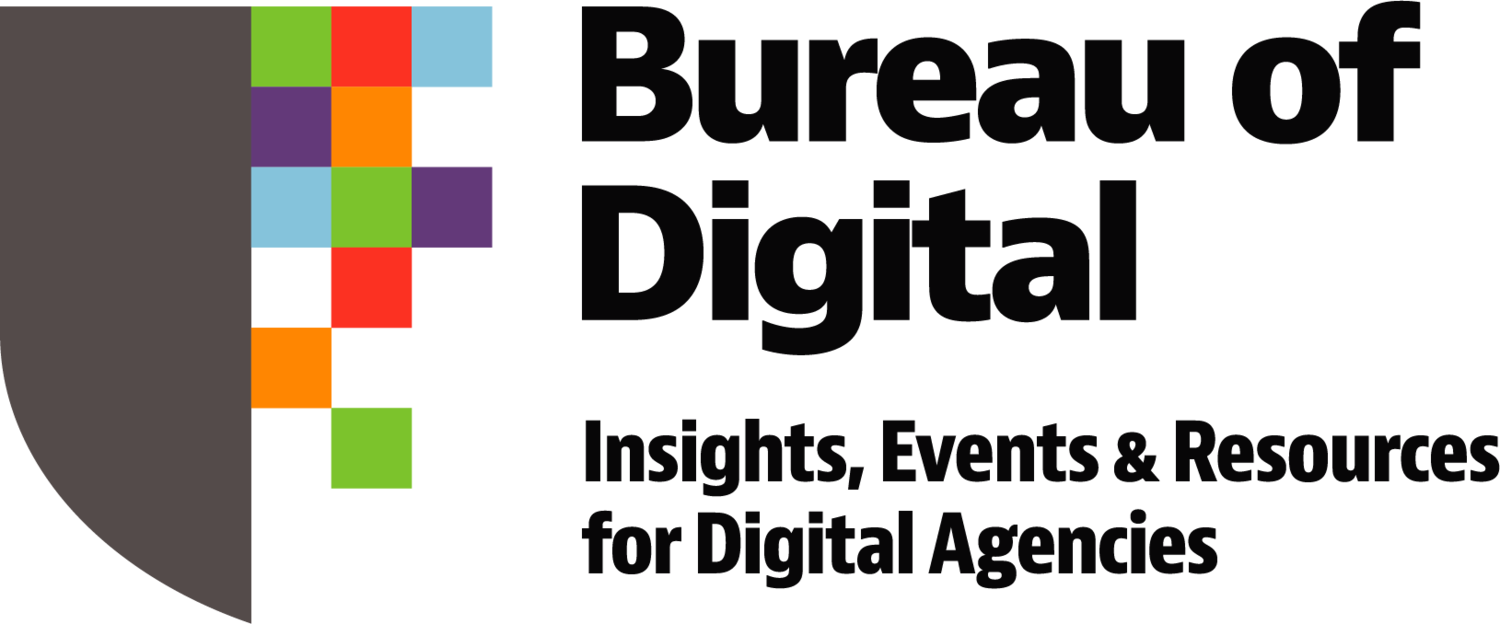Ladies & gentlemen, boys & girls, humans of every flavor, this is your main event!
In this corner, wearing noise-canceling headphones and armed with a color-coded Gantt chart… It’s the master of deadlines, the guardian of scope, the undefeated champ of keeping things on track – the Project Manager!
And in the opposite corner, fueled by iced coffee and smoldering charm…It’s the relationship wrangler, the next phase finder, everyone's favorite smiling negotiator of chaos – the Account Manager!
One keeps the work moving. One keeps the client feeling the love. But can one person do both?
That’s the question that set LinkedIn on fire, and the one we’re answering with help from the one and only, Brett Harned.
Harnessing The AM/PM Tension
When Brett Harned’s post on LinkedIn exploded a few weeks ago with over 200,000 views, 140 comments, and a whole lot of DMs, he knew he’d hit a nerve. His take on the McCann memo and the trend of combining account and project management roles wasn’t just timely. It was personal. It was painful. It was familiar.
So we asked him to go deeper and share his insights. What followed was one of the most honest, constructive, and widely appreciated sessions we’ve ever hosted.
Sometimes it’s invisible. Sometimes it’s messy. Sometimes it burns out good people.
And sometimes… leadership makes it worse by trying to “solve” it with a hybrid role that does twice the work with half the support.
AMs and PMs: Different Strengths. Different Wiring. Similar Goal.
At their best, AMs and PMs work as complementary forces.
Account Managers are the stewards of the relationship. They push strategy, foster trust, and ensure what’s being made is worth making.
Project Managers keep the work moving, protect the process, and make sure teams aren’t drowning in chaos, confusion and missed approvals.
They both talk to clients. They both build trust. But the why behind each interaction is wildly different.
AMs communicate to deepen the partnership.
PMs communicate to deliver on time.
Both are necessary. Neither can carry both jobs indefinitely.
The Hybrid Role: Efficiency or Fantasy?
Some shops are embracing the hybrid AM/PM role as the new normal. And Brett gets it, he’s done the job, he’s coached others through it, and he’s seen it work. But only when it’s designed with intention.
Most of the time? It’s a panic move. It’s budget pressure. It’s a misunderstanding of what these roles actually do.
As Brett put it: “Unicorns are real. But they are not a business model.”
When one person is asked to juggle timelines, deliverables, client happiness, upsells, and strategy across 15 accounts, burnout is not just likely. It’s guaranteed.
What Actually Works
Brett broke down three models that can work when chosen intentionally:
Boutique Studios: A hybrid can thrive here if leadership supports them and the workload is scoped realistically.
Mid-size Agencies: The PM-AM duo is the gold standard, provided there’s open communication and mutual respect.
Large Agencies: You need layers. PMs for delivery, AMs for relationships, and Strategy Leads to connect the dots.
Every model breaks when you skip clarity, documentation, training, and support.
What to Do Now
Whether you’re a leader, a PM, or an AM there are steps you can take today to make things better.
If you lead a team:
Define the roles on paper.
Hire for strengths, not shortcuts.
Set your hybrids up for success—with clarity, coaching, and realistic workloads.
Regularly check in—not just on projects, but on team health.
If you’re in the role:
Know your value. Own your lane.
Advocate for clarity and support.
Collaborate, communicate, and protect your ability to lead.
And yeah… start experimenting with AI now. It’s not a threat—it’s an amplifier.
Brett was kind enough to put together a page of resources, and also check out the video of his presentation!
Huge thanks to everyone who showed up, spoke up, and helped make this AM/PM conversation matter. These kinds of tensions don’t get fixed with a hot take or a single session, but they do start to shift when people come together to share honestly, listen openly, and question what’s really working.
And of course, a massive thank you to Brett Harned for sparking the conversation, giving it structure, and showing us that clarity isn’t just possible, it’s necessary.

